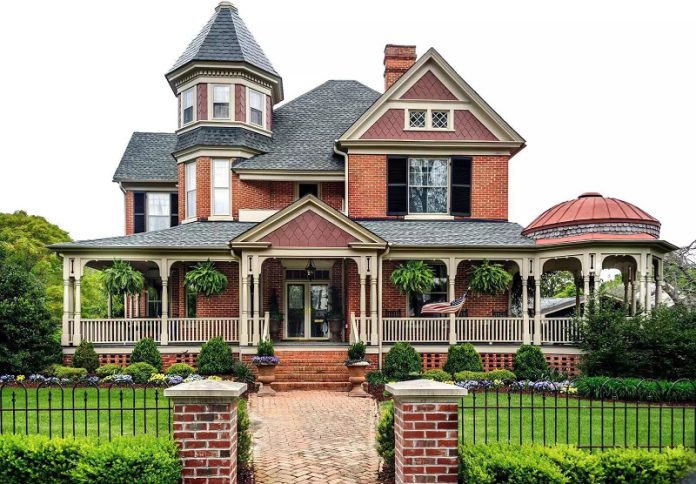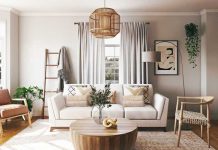4nids.com – Victorian house color schemes are a great way to change or update your home. Today, modern paint technology allows for more color options than ever before. Victorian homes can be painted in traditional palettes or bold color schemes, like rusty red accents. You can also use a combination of both traditional colors and modern shades.
Traditional Victorian Homes Use a Dark and Rich Color Palette
Traditional Victorian houses used a colour palette of dark, rich colours. These colours include maroon, burgundy, brown, blue and dark green. Victorians often chose dark shades and paired them with lighter shades, such as white paint on woodwork. They also used darker shades of yellow to accentuate architectural details. However, it’s best to avoid dark colours in rooms that are bright and airy. The Victorian color palette can be updated by using more contemporary colours, such as blue and green.
To get a good idea of how to paint a Victorian house, you can consult a Victorian color book. The color book contains twenty color plates of perfectly executed architectural drawings, as well as extensive written descriptions of each color. A useful guide to mixing primary and secondary colors is included in the book. A good color book will include examples of popular Victorian colors.
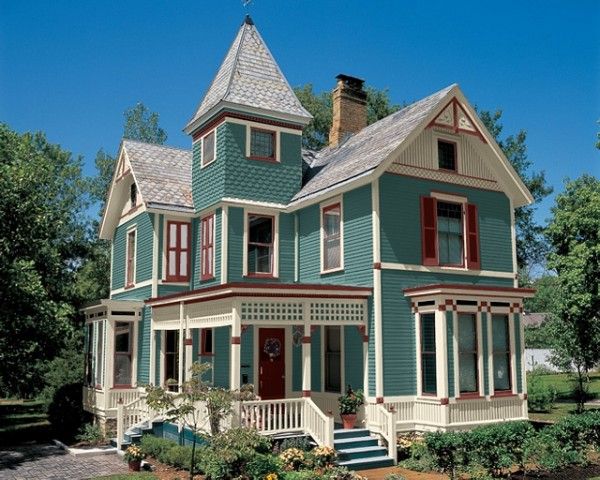
Victorian houses are generally two or three stories, and often have interesting angles and wraparound porches with decorative trim. Exteriors are painted in a variety of colors to add character and detail. Victorian houses also tend to be asymmetrical, with one entry that is not centered and two halves that are not symmetrical. The asymmetry also allows for varied rooflines.
Choosing the Right and Suitable Color Scheme for the Interior
Many Victorian house color schemes were originally painted using natural pigments. However, in the late 1800s, synthetic pigments became widely used, which made it possible for homeowners to use vibrant colors on their homes. A color scheme that accentuates the architectural detail is a great choice. It is essential to choose the right color scheme for your house and remember to match the colors of your interiors.
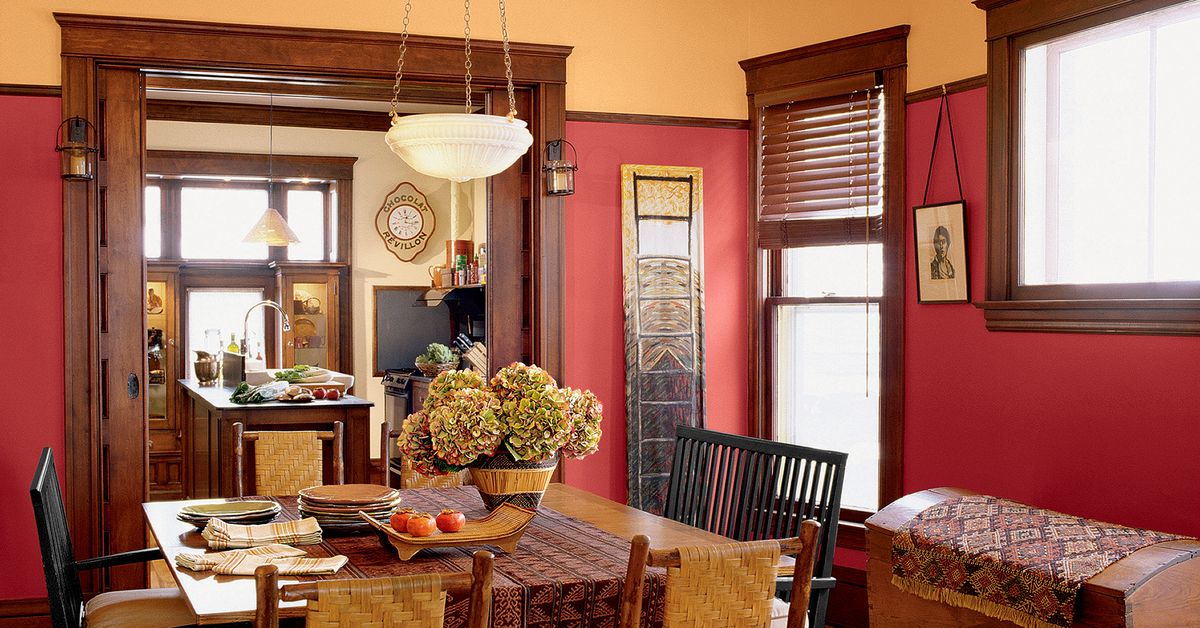
Victorian houses are architecturally unique. They often have unique entranceways or turrets, which create a charming roofline. Victorian houses often use stone on exterior facades. Gothic Revival influences, which came from cathedrals in Europe, influenced their exterior designs. Their rooflines are often steep and vary, with scrolls and gables. And their trim is often tall. And it isn’t unusual for a Victorian home to have a lot of asymmetrical details.
Creating a More Authentic and Balanced Appearance
Victorian house color schemes rely on contrasting colors and grays. While the contrasts were dramatic in the past, modern paint colors often use subtle, soft tones that produce a pleasing effect by analogy. This means that you must pay attention to every detail when coloring a building. For example, make sure to paint the columns of the porch a darker shade than the rest of the porch. This helps to create a more authentic and balanced appearance.
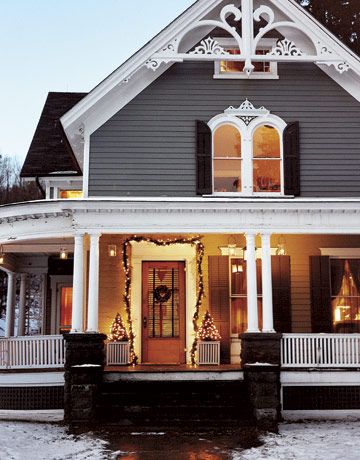
Victorian houses often have prominent decorative features, like panelling woodwork. If your Victorian home doesn’t have original oak panelling, you can replicate the look by installing imitation panelling. You can also use pine or MDF with period style moulding. Wall panelling can also be painted in a dark shade.


